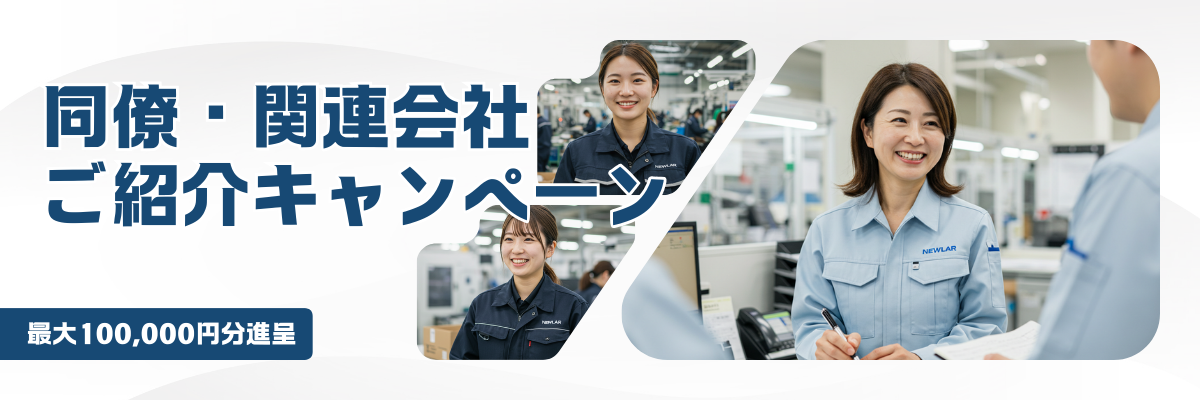- お役立ち記事
- Changes in the competitive advantage of the manufacturing industry brought about by the emergence of new materials

Changes in the competitive advantage of the manufacturing industry brought about by the emergence of new materials

目次
Introduction
The manufacturing industry has witnessed numerous advancements over the decades, each wave bringing a change in how companies compete globally.
Among these advancements, the emergence of new materials has significantly reshaped the competitive landscape.
These materials have not only enhanced product quality and efficiency but have also opened new avenues for innovation.
In this article, we delve into the shifts in competitive advantage within the manufacturing sector driven by these new materials.
Understanding New Materials
New materials include a wide range of substances that possess novel or enhanced properties.
These can range from nanomaterials, advanced composites, smart materials to bioplastics.
Each of these has unique characteristics that can provide manufacturers with significant benefits.
For instance, nanomaterials, due to their incredibly small size, have unique mechanical, thermal, and electrical properties.
This makes them invaluable for sectors like electronics, aerospace, and medicine.
Smart materials, which respond to environmental changes, offer innovative solutions for smart devices and energy-efficient applications.
Innovation in Product Design
New materials have brought about a revolution in product design.
Manufacturers can now create products that were previously unimaginable, stretching the boundaries of design and functionality.
For example, lighter and stronger materials allow for more aerodynamic designs in the automotive and aerospace industries, enhancing performance and fuel efficiency.
The versatility of new materials also contributes to the miniaturization of electronic devices, allowing for more powerful technology in smaller packages.
This flexibility in design directly feeds into a company’s ability to differentiate itself from competitors.
Cost Efficiency and Resource Management
One of the critical factors in the manufacturing industry is maintaining cost efficiency while delivering high-quality products.
New materials often bring about efficiencies in the entire production process.
For instance, with materials that can endure harsher conditions, the longevity of products increases, resulting in reduced costs related to repairs and replacements.
Additionally, some new materials are designed to be more sustainable, reducing waste and energy consumption during production.
This focus on sustainability not only cuts costs but also aligns with the growing consumer demand for environmentally friendly products.
Reduced Dependency on Traditional Resources
Traditionally, many manufacturing processes have heavily relied on finite resources like metals and petroleum-based products.
With the advent of new materials, there’s a shift in this dependency.
Biodegradable plastics and biocomposites, for instance, reduce reliance on petroleum while providing similar or enhanced performance characteristics.
This shift not only impacts sustainability efforts but also buffers manufacturers against supply chain disruptions and volatile material costs.
Enhancing Competitiveness through Technology Integration
The integration of new materials goes hand in hand with technological advancements.
Manufacturers that effectively leverage technology to harness the potential of new materials can significantly enhance their competitive position.
For example, incorporating sensors into smart materials can provide real-time data and analytics, allowing companies to optimize their processes and improve product quality.
This intersection of materials and technology paves the way for innovation in manufacturing processes, contributing to a competitive edge.
Investment in Research and Development
To stay ahead in the competitive landscape, investing in research and development (R&D) becomes crucial.
R&D efforts focused on new materials bring about breakthroughs that can lead to first-mover advantages.
Companies that pioneer the use of new materials can set industry standards and often capture larger market shares.
Additionally, partnerships with universities and research institutions can accelerate the practical application of new materials, driving competitive advantages further.
Market Adaptation and Consumer Trends
Consumer preferences are evolving rapidly, with a growing focus on sustainability and innovation.
The emergence of new materials addresses these trends, allowing manufacturers to offer products that meet modern consumer demands.
Companies that adapt quickly to these changes by incorporating cutting-edge materials into their products can capture a more significant share of the market.
Furthermore, they can leverage these materials to enhance branding, positioning themselves as leaders in innovation and sustainability.
Customization and Mass Personalization
New materials facilitate not only innovation in product design but also enable customization and mass personalization.
Consumers today seek products that cater to their specific needs and preferences.
Advanced materials allow manufacturers to create customizable options without sacrificing efficiency or quality.
This capability not only enhances customer satisfaction but also elevates a company’s position in a competitive market.
Conclusion
The manufacturing industry is in a state of transition, propelled by the emergence of new materials.
These materials redefine competitive advantage by enhancing innovation, improving resource efficiency, and aligning manufacturers with consumer trends.
Companies that embrace these changes by investing in new materials and integrating them with technology will lead the way into future-facing manufacturing landscapes.
As the industry continues to evolve, the ability to adapt and harness the potential of new materials will be a key determinant of success.
In this rapidly changing world, it is evident that those who innovate and push the boundaries with new materials will shape the future of manufacturing, securing a robust competitive advantage.
 資料ダウンロード
資料ダウンロード
QCD調達購買管理クラウド「newji」は、調達購買部門で必要なQCD管理全てを備えた、現場特化型兼クラウド型の今世紀最高の購買管理システムとなります。
 ユーザー登録
ユーザー登録
調達購買業務の効率化だけでなく、システムを導入することで、コスト削減や製品・資材のステータス可視化のほか、属人化していた購買情報の共有化による内部不正防止や統制にも役立ちます。
 NEWJI DX
NEWJI DX
製造業に特化したデジタルトランスフォーメーション(DX)の実現を目指す請負開発型のコンサルティングサービスです。AI、iPaaS、および先端の技術を駆使して、製造プロセスの効率化、業務効率化、チームワーク強化、コスト削減、品質向上を実現します。このサービスは、製造業の課題を深く理解し、それに対する最適なデジタルソリューションを提供することで、企業が持続的な成長とイノベーションを達成できるようサポートします。
 オンライン講座
オンライン講座
製造業、主に購買・調達部門にお勤めの方々に向けた情報を配信しております。
新任の方やベテランの方、管理職を対象とした幅広いコンテンツをご用意しております。
 お問い合わせ
お問い合わせ
コストダウンが利益に直結する術だと理解していても、なかなか前に進めることができない状況。そんな時は、newjiのコストダウン自動化機能で大きく利益貢献しよう!
(Β版非公開)


